Understanding your Volkswagen Polo’s dashboard lights is essential for staying safe and avoiding costly repairs. These symbols provide immediate feedback about your car’s health—knowing their meaning ensures you can tackle issues before they become serious and drive with confidence.
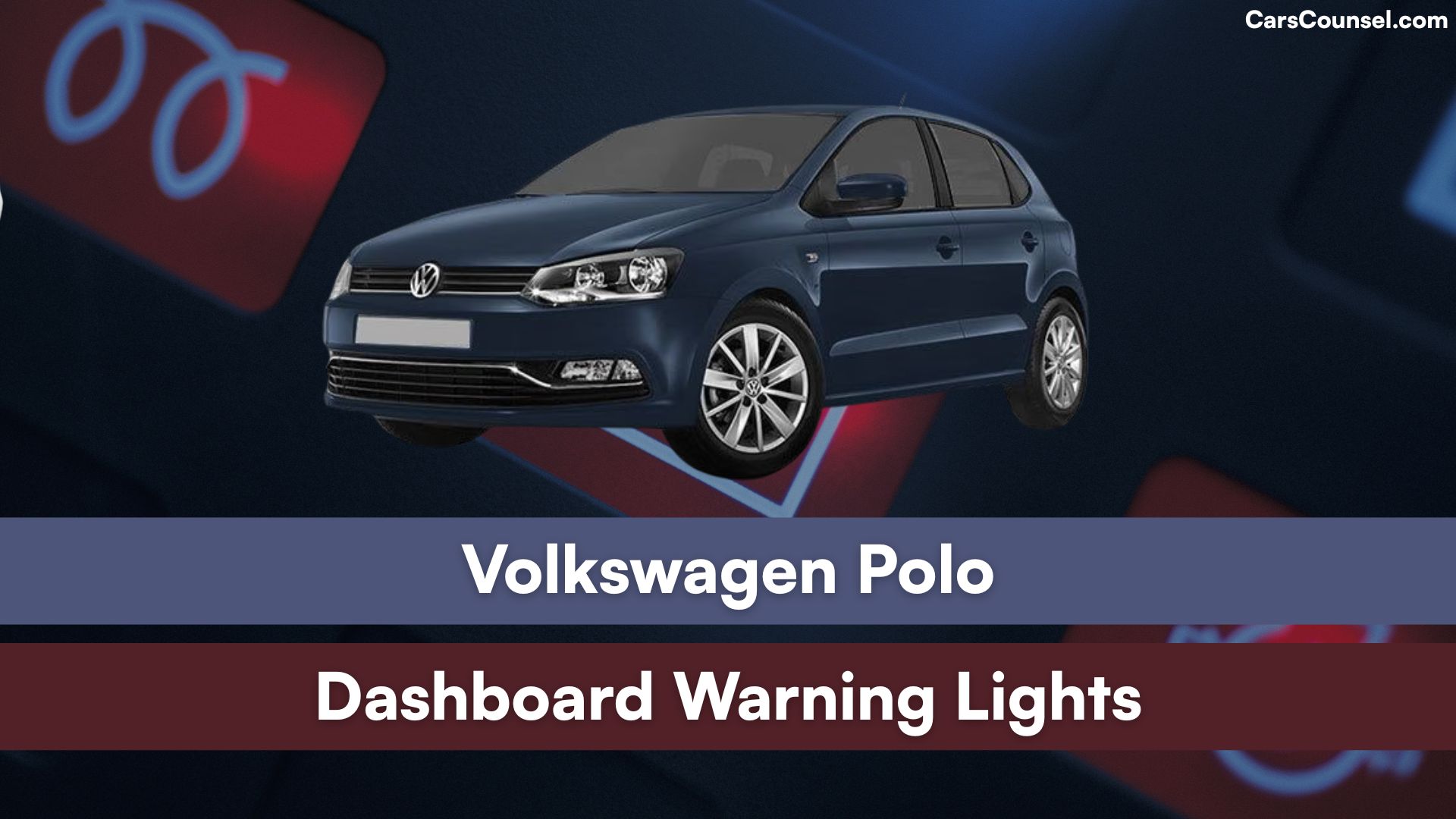
Quick Navigation
Red Warning Lights (Stop Immediately)
Engine Oil Pressure
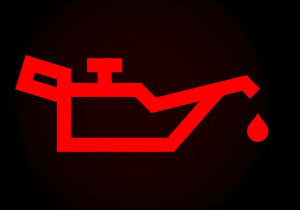
Low oil pressure detected. Pull over, check oil level, and do not continue driving until resolved to avoid engine damage.
Brake System Alert
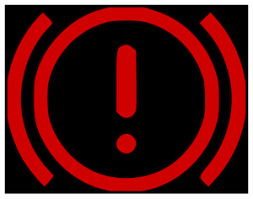
Brake fluid low or brake system failure. Stop as soon as possible; seek professional help immediately.
Battery Charge
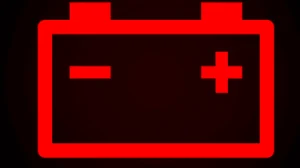
Battery not charging or alternator issue. Electrical systems may fail—see a mechanic promptly.
Coolant Temperature/Coolant Level
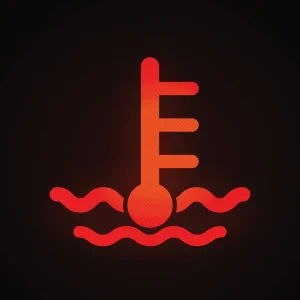
Coolant level too low or engine overheating. Turn off the engine to prevent damage and check coolant level.
Power Steering Failure

Complete loss of power steering. Steering will be very difficult—stop safely and call for assistance.
Seatbelt Reminder
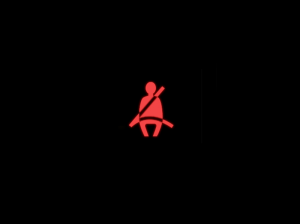
Driver or passenger not wearing seatbelt. Fasten seatbelt to silence warning and ensure safety.
Airbag System Fault

Fault with airbag or seatbelt pretensioner. Airbags may not deploy in a crash—have checked immediately.
DSG Transmission Too Hot
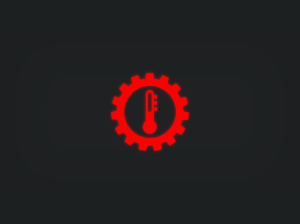
Transmission overheating. Stop and leave in park to cool before continuing.
Direct-Shift Gearbox (DSG) Malfunction
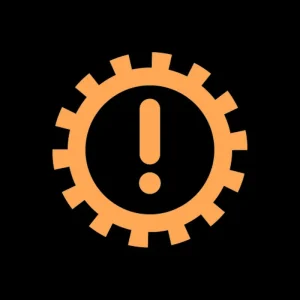
Severe transmission fault. Stop safely and arrange for immediate service.
AdBlue No Restart
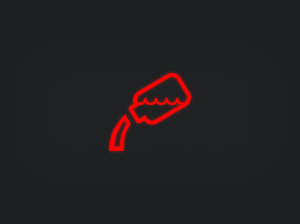
AdBlue level critically low or system fault. Vehicle may not restart after shutdown—refill or service immediately.
Rear Lid/Bonnet Open
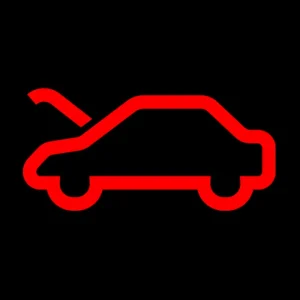
Boot or hood not closed securely. Stop, check, and close the lid properly for safety.
Door Ajar
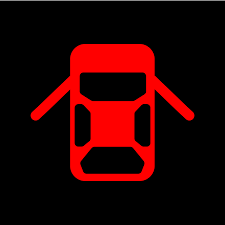
One or more doors not shut securely. Pull over and ensure all doors are properly closed.
Electronic Parking Brake Engaged
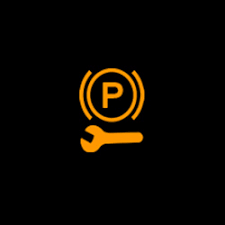
Electronic handbrake is on. Release before proceeding to prevent brake damage.
Hybrid System Failure
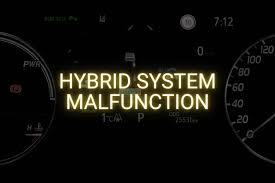
Full hybrid drive failure—stop immediately and call for a tow or professional help.
Central Warning
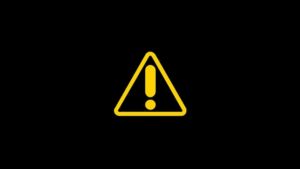
Critical system alert. Read any messages on the display and follow instructions—usually requires immediate action.
Yellow/Amber Warning Lights (Action Required Soon)
Check Engine/Engine Control Malfunction
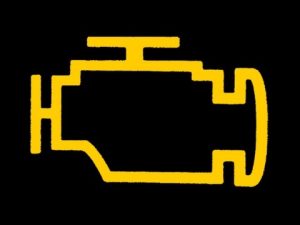
Possible emissions or engine performance fault. Book a service or diagnosis soon.
Anti-lock Braking System (ABS) Fault
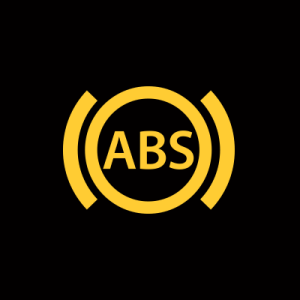
ABS not working properly. Normal brakes function, but no anti-lock feature—drive carefully and service soon.
Electronic Stability Control (ESC)/ESP/ASR
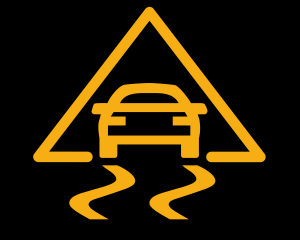
Stability control deactivated or fault. Drive with caution and book service.
Tyre Pressure Monitoring System (TPMS)
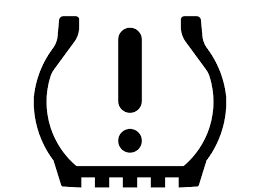
Low tyre pressure or sensor error. Check and adjust tyres; if flashing, system malfunction.
Power Steering Reduced Assist

Power steering help reduced. Steering is heavier—arrange for inspection soon.
Glow Plug/Pre-Glow (Diesel)
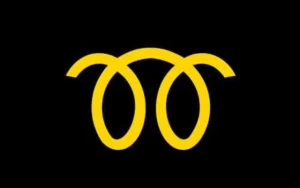
Glow plugs activating for cold start. If flashing, there’s a fault—diagnosis required.
Brake Pad Wear

Brake pads low. Get them checked and replaced to avoid braking issues.
Washer Fluid Low

Windscreen washer fluid is low—fill up to maintain visibility.
Rain Sensor Malfunction

Automatic wipers may not work. Use manual wiper mode and have sensor checked soon.
DPF (Diesel Particulate Filter)
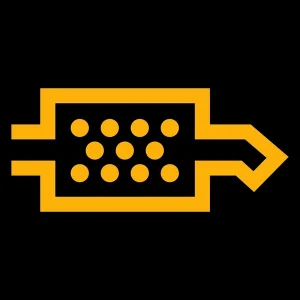
Filter blocked. Vehicle may lose power. See manual and clean or service filter.
AdBlue Low/AdBlue System
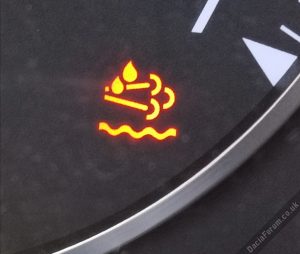
AdBlue running low or system fault—refill or service.
Fuel Cap Off/Missing
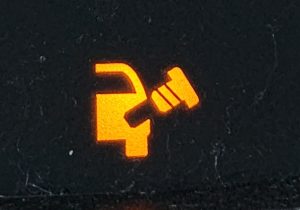
Fuel cap not on or loose. Tighten cap to prevent leaks and warning light.
Bulb Failure (Headlight, Brake, Rear, etc.)

One or more bulbs burned out—replace faulty bulb soon.
Front Assist/Collision Warning (Amber)
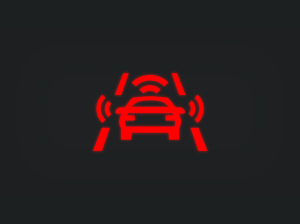
System not active—drive with extra caution and arrange service.
Immobilizer
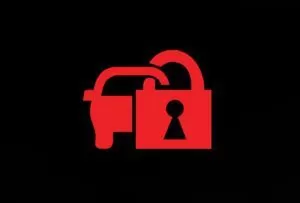
Wrong key or key not detected—may not start; use correct key or check battery.
Green Warning Lights (Information Only)
Turn Indicators
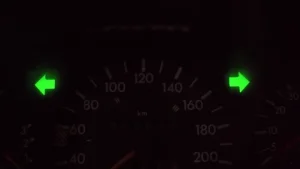
Left or right turn signal is active—ensure it matches your intended direction.
Headlights On
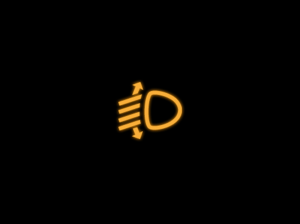
Shows that headlights (low beam or high beam) are engaged for nighttime driving.
Fog Lights On
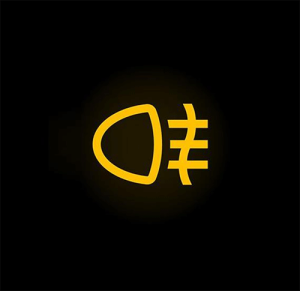
Front or rear fog lights are switched on to improve visibility in foggy conditions.
Parking Lights On

Parking lights are active when parked in dark locations.
Eco Mode/Start-Stop System
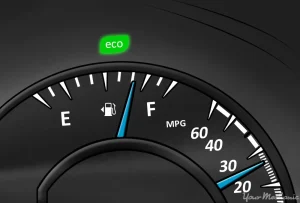
Fuel-saving system is functioning or activated. No action needed—drive as normal.
Adaptive Cruise Control Active
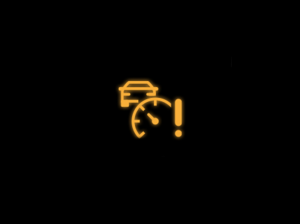
System is maintaining set speed and distance from vehicles ahead—information only.
Speed Limiter Active
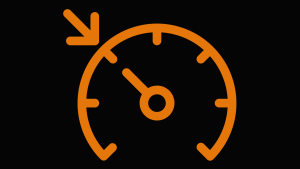
Maximum speed limiter engaged—reduces accidental exceeding of speed.
Lane Assist Active
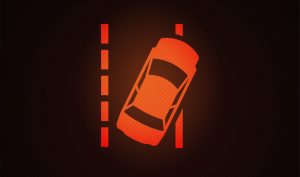
Lane-keeping aid is on, helping you stay centered on the road.
Hill Hold Assist Engaged
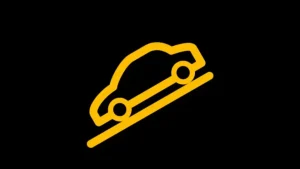
System prevents the car rolling on a hill start—no driver action needed.
Automatic High Beams

Auto high-beam headlights are enabled and may switch as needed.
Daytime Running Lights
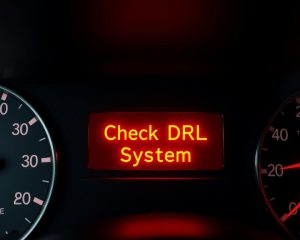
Daytime running lights are on for better daytime visibility.
Indicator: Gear Shift Recommendation
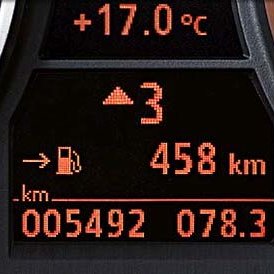
Suggests when to shift up/down for best fuel efficiency.
Cruise Control Engaged

Cruise control is set and maintaining speed—information only.
When looking at Volkswagen, make sure to check out our guides on models like the Volkswagen Beetle, Volkswagen Golf, Volkswagen Transporter, and Volkswagen ID-Series. Understanding dashboard warning lights is essential. Our expert reviews break down what each light means, highlighting common alerts for these models and what they could signal about underlying issues, so you’re never left guessing behind the wheel.
This list covers all major warning and indicator lights found in the Volkswagen Polo, sorted by severity and color. Always consult your owner’s manual for model-specific guidance and see a professional if you ever feel unsure about a dashboard symbol.

